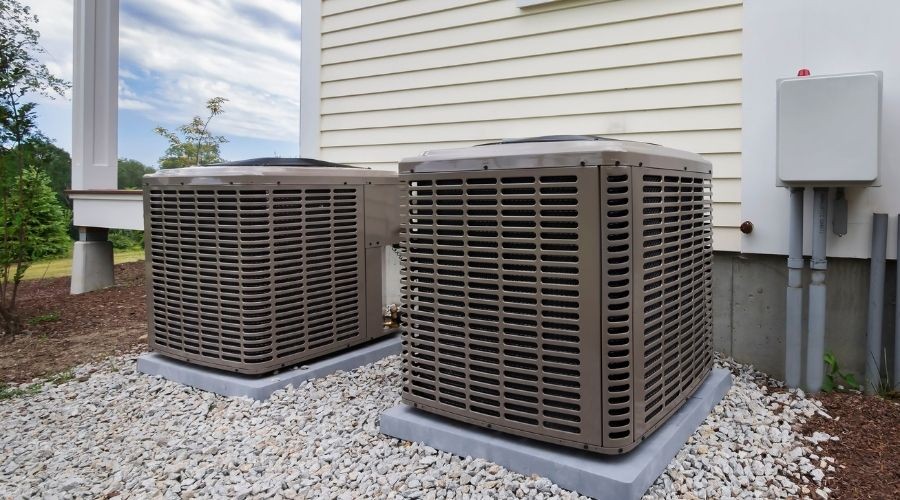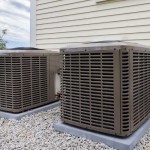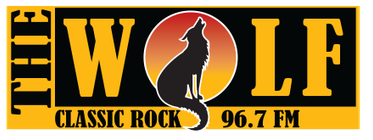How Air Conditioners Keep Homes and Businesses Cool and Dry
Spring is officially here, and summer is just around the bend. Around the country and much of the world, air conditioners are getting turned on daily to help keep homes and businesses cool and dry. But most people don’t know the processes that go on behind the scenes to keep the temperature and humidity in the comfortable range. And a basic understanding of the functions and parts of an AC can help homeowners troubleshoot any problems and be aware of any issues that may arise. So read on to find out how air conditioners work.
The Major Parts of an AC
- Blower
- Evaporator
- Condenser
- Compressor
- Fan
- Thermostat
- Filter
Each part has an essential function that needs to be performed for the system to function correctly. Some parts can cause catastrophic failure in the event of a malfunction, but most AC issues are easily correctable when caught early. But how these parts work together to cool a building or home is essential.
How the Parts Work Together
Air conditioning systems often found in homes have two parts or units: the indoor and outdoor units. The whole process starts when the thermostat registers that the air inside the home is above the desired temperature set by the homeowner. This kicks the system into action. A fan located inside the home begins pulling warm air from the home. That warm air passes over cooled evaporator coils. And, inside the coils, liquid refrigerant turns to gas, absorbing the heat from the air in the process. The air, having been cooled, is then blown back into the house through the duct system.
Meanwhile, the refrigerant in gas form is transported to the outside unit via copper tubing. Once outside, the refrigerant is turned from a gas back into a liquid by the compressor. This process allows the heat from the house to be blown into the air outside, using the outdoor unit’s fan. From there, the refrigerant goes back into the house to do the same thing again until the home reaches the desired temperature.
The Importance of Trained AC Professionals
The above is a very basic rundown of how air conditioners work. It may seem simple, and in a way, it is. But when something goes wrong with an AC unit, there are a variety of factors to consider. This is why AC professionals are so important. They undergo extensive training to be able to troubleshoot and repair air conditioners.
They deal with electricity, moving parts, and refrigerants, all of which require safety and technical training. Some basic troubleshooting can and should be done by homeowners who are experiencing problems with their AC unit. Changing filters, visually inspecting both indoor and outdoor units, and troubleshooting thermostat issues are all easily done by homeowners. But when it comes down to repairing or replacing an AC unit, it’s best to involve a professional for safety and efficacy.
About Temp Engineering
Temp Engineering services Miami Lakes, FL with pride. They offer same-day service performed by courteous and punctual technicians. They also offer a 100% satisfaction guarantee and always provide up-front pricing. Call now for AC services!



























